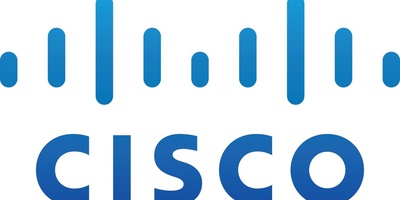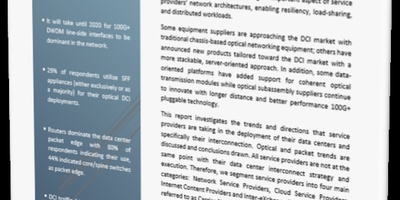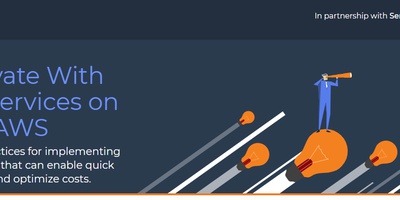NEWS
Cisco’s Cloud Orchestration Platforms Showing Increased Versatility and Strength
As providers more clearly understand the fundamentals of cloud computing (in areas such as activating virtual machines and allocating storage pools to support them) they are turning their attention to and focusing on broader capabilities in cloud service creation and management. Expanding capabilities in these areas is crucial for clouds to become the scalable engines of service delivery the industry envisions. Developers’ energies are also focused on streamlining service creation, flexibly supporting multiple cloud combinations, and integrating cloud service creation with broader IT service management to make leveraging the cloud easier to achieve.
Cisco has been steadily assembling an array of cloud service management capabilities over the past year, and this week at Cisco Live! a number of them were on display. They demonstrate that Cisco’s efforts are bearing important fruit. Three areas showing substantive progress toward important service management goals stand out: automatic integration of multiple clouds into single service offerings, automatic installation of application profiles into target virtual infrastructures, and architectural flexibility from integration of OpenStack and other platform services.
Cisco’s Intelligent Automation for Clouds (CIAC) portfolio allows managers to consolidate many clouds into one by incorporating support for public cloud services, such as Amazon’s, Verizon’s, and HP’s, into multicloud service provisioning that can also include resources from an organization’s own infrastructure, such as ESX, KVM or Hyper-V VMs. The process enables service managers to automatically blend functionality from any of the supported offerings into a whole service offering for users. For most organizations this capability will be table stakes over time for realization of cloud deployment goals.
A second area of equal importance is streamlining the relationship between application development and operations in a target environment. There is a growing premium placed on shortening the time between creating a new application function and being able to put it in users’ hands. Vendors are developing tools that support this process and help cloud service managers achieve this creation and delivery goal. The challenge is how to successfully combine development and test and ultimately operations in well-defined execution environments and tightly coupled workflows to reduce the time between application innovation and application use.
Cisco is growing its capabilities in this area through work with its partners Puppet Labs and OpsCode by integrating these partners’ devops platforms with its own service automation platform. In doing so Cisco’s platform leverages the application profiles developed in both Puppet’s and OpsCode Chef’s environments and incorporates them into the cloud service management environment it is enabling. This again shows new muscle in creating cloud management capabilities well-suited to the agility and pace of innovation required in the virtual enterprise.
The third indicator of growing versatility and strength in the CIAC portfolio is expanded support for OpenStack software distributions. This is important because as suppliers bring capabilities to market in areas where they have unique strengths to offer (such as harvesting network analytics in support of service optimization in Cisco’s case) there may be other cases where a seamless integration of another supplier’s capabilities via a platform like OpenStack will bring a richer environment into play for the customer. For example, an OSS application may uniquely leverage OpenStack’s emerging Ceilometer metering functionality to create distinct service bundles in a multicloud environment, and facilitating integration of this application with other service management capabilities may be enabled by leveraging the modules and API suites of the CIAC environment. Support today in CIAC for OpenStack’s Nova (compute) and Horizon’s (dashboard) APIs is the first step toward realizing this objective and show strong insight about what the operating requirements of many cloud computing customers will be. Eventually, the opportunity to provide a truly versatile service creation platform for enabling both innovation and efficiency may very well emerge.
In each of these areas Cisco has shown it is making tangible progress toward its goals of excelling in the world of multiple clouds and enabling the open and elastic services required for success in the new virtual enterprise. If you were using a compass to gauge the utility of these developments for virtual IT, the indicator would be reading direction correct.
For more information on ACG’s cloud services , contact sales@acgcc.com
Click for more information about Paul Parker-Johnson.




















